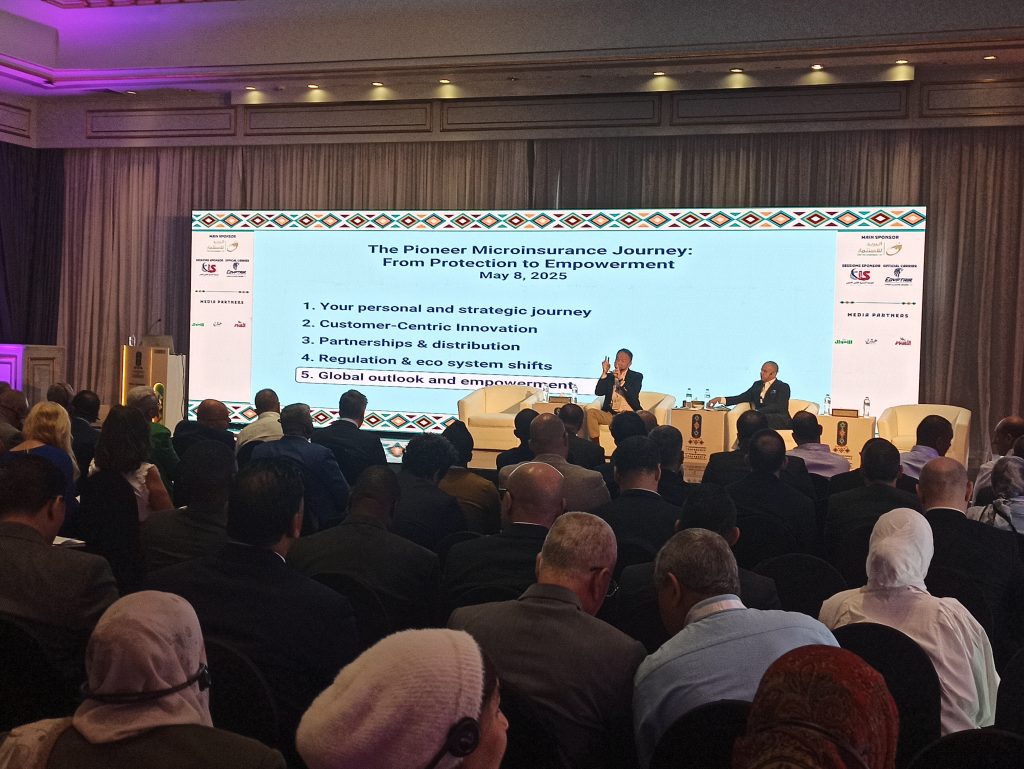Summary
The fourth Microinsurance Conference concluded its work with a set of practical recommendations aimed at developing the sector and supporting insurance inclusion, particularly for the most vulnerable groups in society.
These recommendations were the result of constructive discussions among insurance experts, regulatory bodies, financial technology companies, and international organizations participating in the conference.
Below are the key recommendations that emerged:
Supporting Technological Infrastructure
The conference recommended organizing a specialized event for digital solution companies, similar to the Hackathon model, to stimulate innovation in designing digital insurance solutions tailored for the microinsurance sector.
The event will be held in collaboration with the regulatory sandbox of the Egyptian Financial Regulatory Authority (FRA), aiming to establish a guiding program that supports these initiatives and ensures their alignment with the regulatory frameworks in Egypt.
Developing a Prototype for Parametric Insurance
Participants emphasized the importance of working on a pilot model for parametric insurance products, which rely on pre-set indicators such as weather conditions or natural disasters.
The conference also recommended educating customers about this type of insurance, explaining its benefits and impact in reducing compensation payout times and enhancing transparency within the sector.
Conducting Field Activities to Assess Customer Needs
The recommendations highlighted the necessity of conducting large-scale field activities aimed at accurately assessing the needs of the targeted customer segments.
This assessment is considered a crucial step in designing flexible insurance products that align with the realities of these groups, which helps build mutual trust between customers and companies.
Organizing Awareness Field Visits
The conference recommended implementing direct visits to targeted local communities to raise awareness about the opportunities and benefits of microinsurance.
This step is part of a strategy to expand the base of beneficiaries and enhance insurance culture among groups that do not have access to traditional insurance services.
